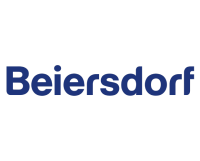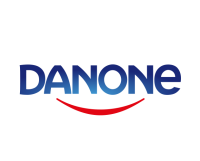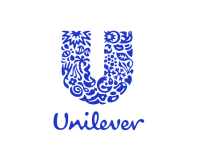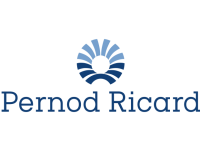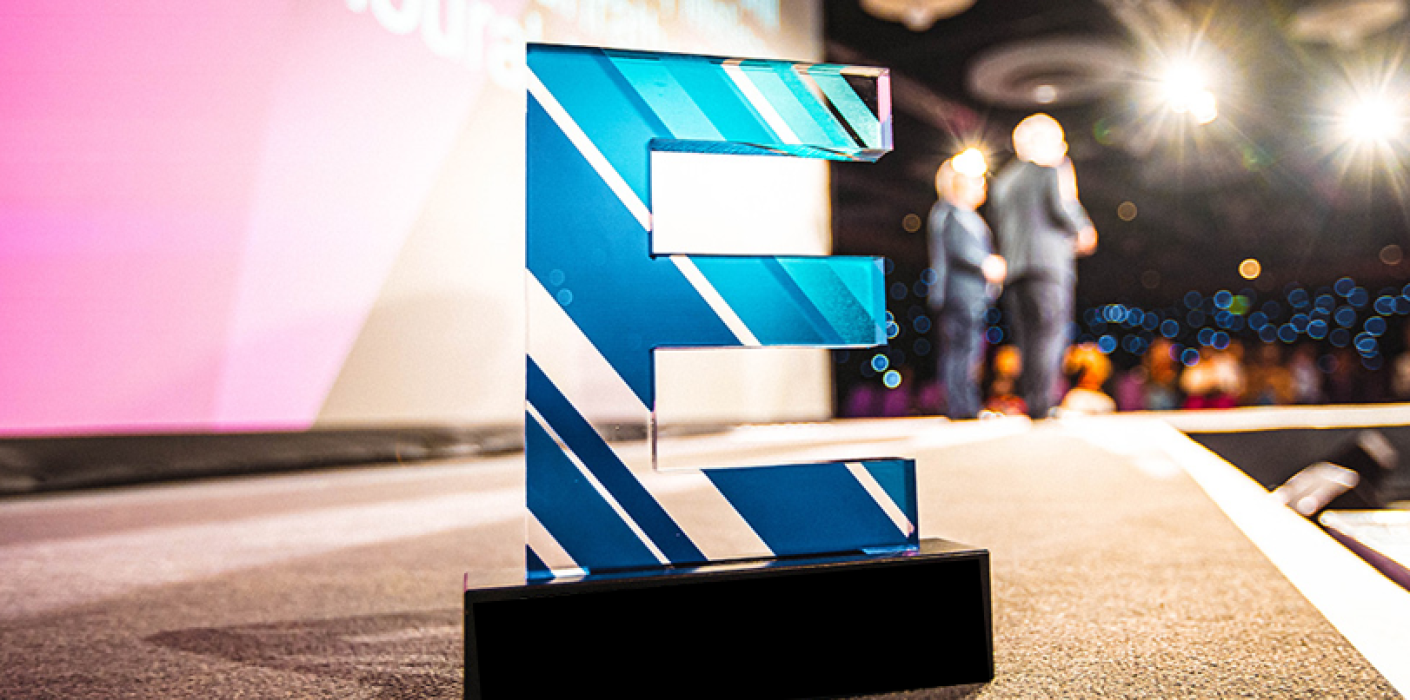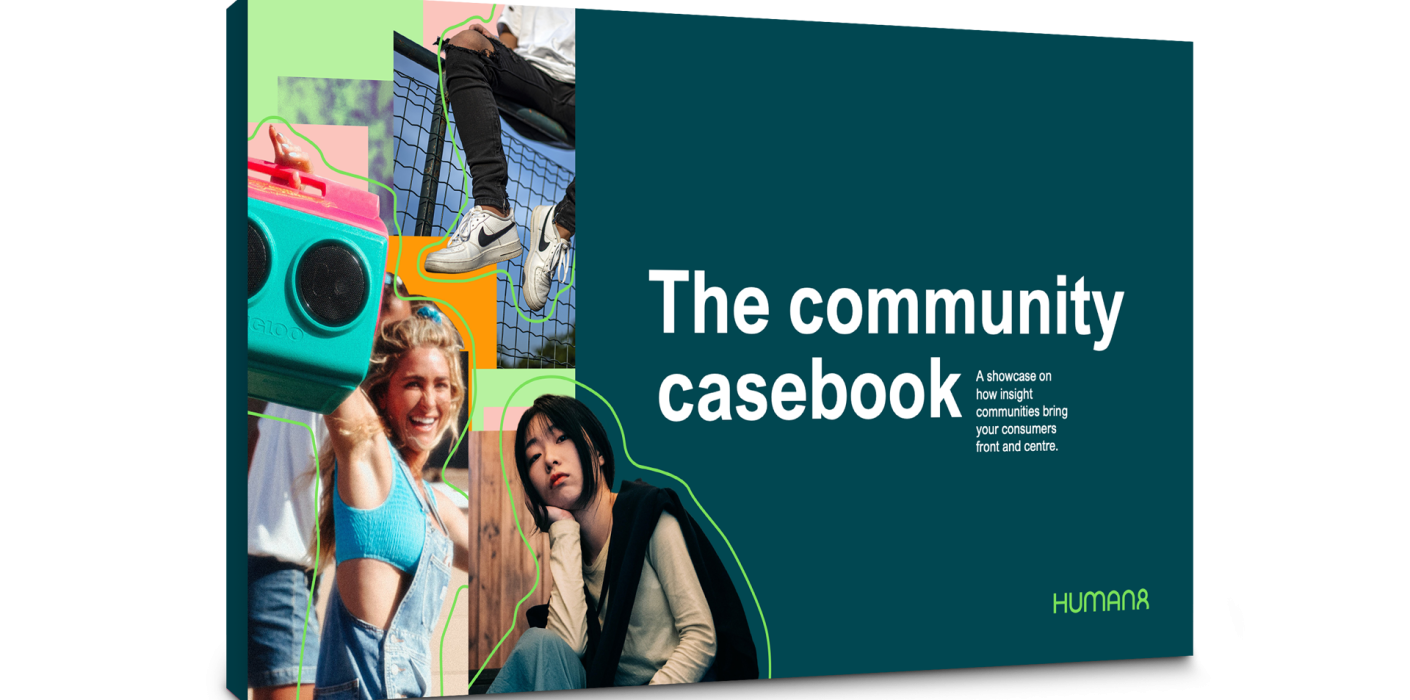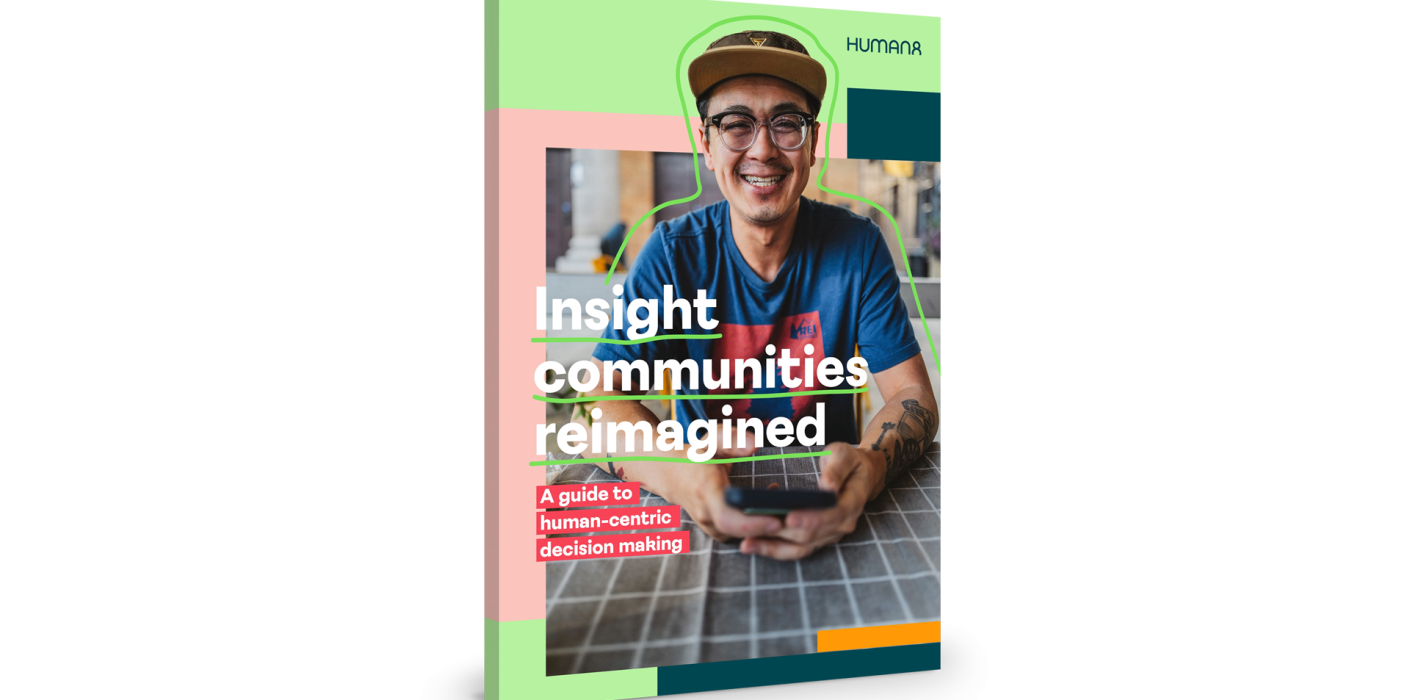
Do what matters
Discover how we do what mattersThe human-driven consultancy that connects your brand with people and culture to drive positive change.
We helped them make the right moves
In the spotlight
Services
Doing what matters starts here
Solutions
Approaches
Solutions
Connect with the people that matter for your brand. Understand their daily lives, what drives them and how this is changing.
Develop meaningful solutions through human-centric design and agile collaboration.
Understand your brand’s journey to deliver wowing experiences and elevate brand performance.
Anticipate what is changing in people and culture and how you can create a meaningful future for your brand.
Approaches
Uncover what matters through our human-centric approach and insight toolbox.
Take action, fuel change and transform your brand.
Cases
Actions speak louder than words
There’s no winning formula, no secret sauce, no one-size-fits-all approach, but there is a common theme and that’s the desire to make a difference. Don’t take our word for it, check out our client stories from over 20 years of cooking up insight with impact.
More impact, more meaning, more culture
Space Doctors, certified B-corporation, brings a unique blend of expertise in cultural and semiotic insight, brand consultancy and creative strategy to Human8 helping brands connect and respond to cultural change.
Learn more about Space DoctorsLet’s connect
